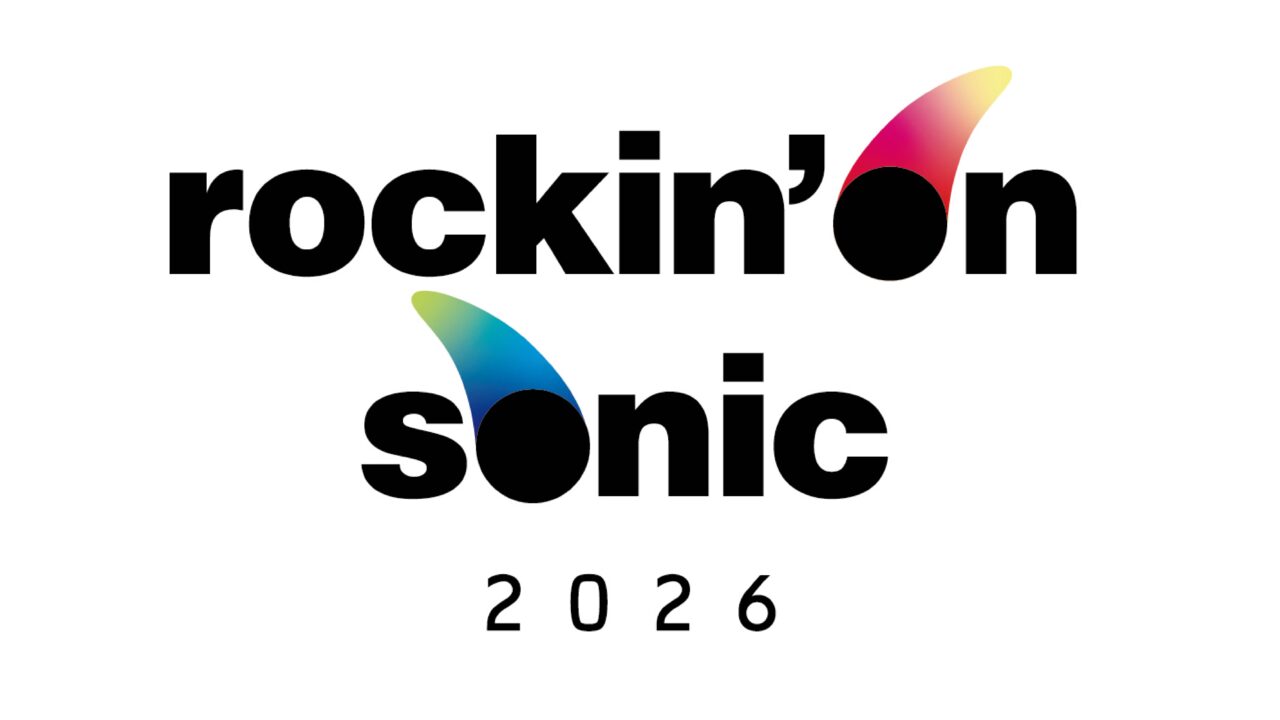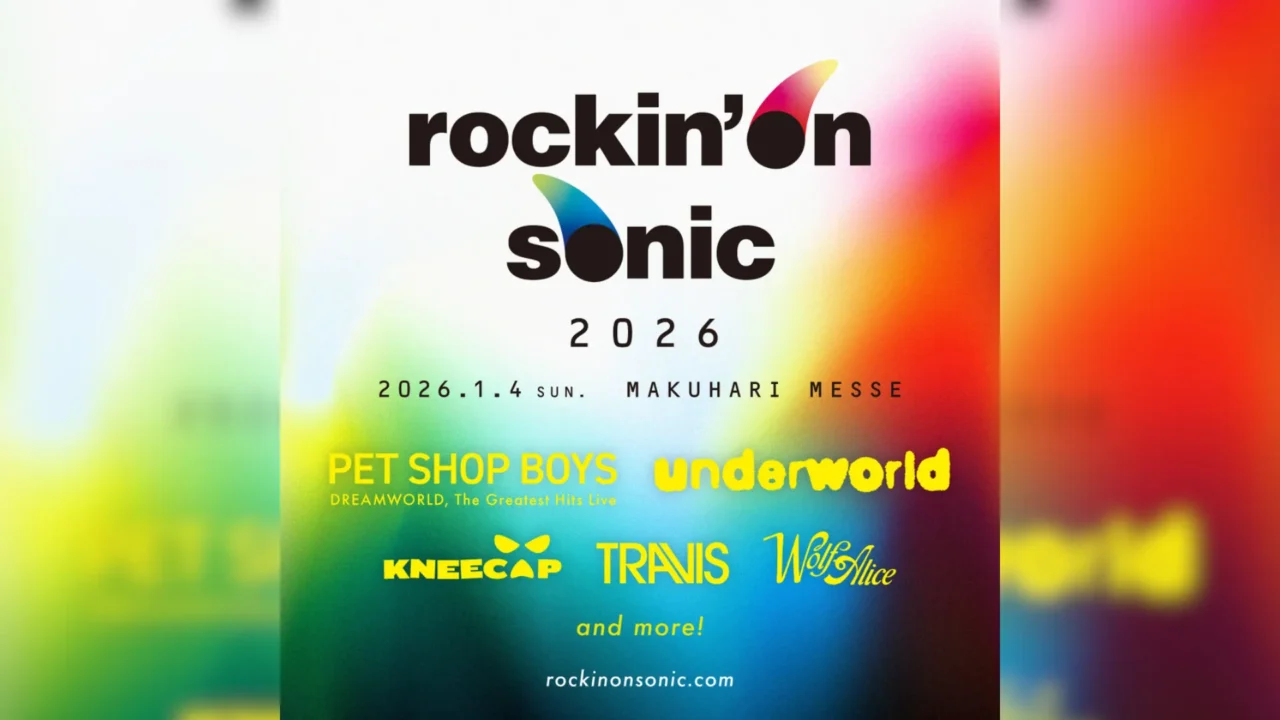The National Art Center Tokyo is currently showcasing an expansive retrospective of Keiichi Tanaami titled “Keiichi Tanaami: Adventures in Memory.”
Initially, you might not immediately recognize the name or the associated works. However, a glance at a flyer or the official website might trigger a sense of familiarity. Keiichi Tanaami stands as a prominent figure in Japan’s post-war art scene, beginning his career shortly after Taro Okamoto and around the same time as Tadanori Yokoo. At 88 years old in 2024, he continues to be a vibrant force, merging design and art.
This is the first major retrospective of his over six decades of work. With more than 500 pieces on display, the exhibition is organized into 11 sections. Even with over 90 minutes allotted for a preview, it was impossible to view everything. Tanaami’s comment in the catalog was particularly striking:
“Is this all there is to my life?”
Despite the extensive collection of work, he still questions the essence of his journey. What exactly defines Keiichi Tanaami? While it’s challenging to cover every emotional aspect of the exhibition, I’ll highlight the key moments as authentically as possible. Though this may be a detailed account, I hope you’ll find it engaging.
INDEX

Cross the Bridge into the Realm of Tanaami
Welcoming visitors at the entrance is a new installation titled “Hyakkyōzu” (“One Hundred Bridges”). The installation features layers of parabolic arches reminiscent of Gaudí, with peculiar creatures walking along and koi climbing a waterfall with splashing water, all depicted through projection mapping. A playful detail to note is a blonde, seductive beauty subtly riding one of the koi (see the bottom right of the photo).

Don’t miss the artist’s explanatory comments written on the nearby panels, in addition to the artwork itself. These comments, which are like essays, offer detailed insights into the motif of the “bridge” connecting this side and the other, the sacred and the profane, life and death. They provide important hints for interpreting the rest of the exhibition.
INDEX
Design World’s Pop Icon
In the 1960s, amidst Japan’s rapid economic growth, Tanaami began his career as a designer. The early part of the exhibition features works from the 1960s and 1970s. His creations span multiple fields, including posters, screenprints, oil paintings with collage, and animation. The array of posters displayed across the walls is truly impressive.

Among the vibrant colors, the black-and-white “Portrait of Keiichi Tanaami” stands out. These are original illustrations from an early artist book that Tanaami self-published as a sort of calling card. The stylish composition, reminiscent of Félix Vallotton’s prints, highlights the painter’s mastery of structure and line work.
Editor’s Note: Félix Vallotton was an artist active in Paris from the late 19th to early 20th century, known for his monochrome prints. The Mitsubishi Ichigokan Museum in Marunouchi, Tokyo, holds a substantial collection of his works.

The technique of using ties as a “second canvas,” which appears throughout Tanaami’s early works, is particularly intriguing. The ties, stretched out like an image within an image, serve as “windows” bringing in other visuals. It’s fascinating to think that, at the time, a man’s tie might indeed have been a place for self-expression.
The exhibition also features actual copies of popular magazines that Tanaami art-directed, such as PLAYBOY and Young Music. On closer inspection, these too incorporate tie designs.

INDEX
Innovation in Animation Art

Whether it’s in posters or collage works, Tanaami’s art always feels in motion. It’s not about dynamic poses, but rather the repetitive motifs in a Pop Art style that evoke a sense of continuous movement. Personally, my favorite piece in this exhibition is the oil painting Gentle Friday. The repetition and variation of motifs, along with the swirling, distorted patterns in the background, encapsulate the artist’s profound fascination with ever-moving imagery.

The third chapter, focusing on animation works, features not only short animations on 16mm film but also showcases Tanaami’s original cels and storyboards.

Although there were also video displays in Chapter 6 and Chapter 10, I regrettably only had time to view nearly one piece from each. I’ve heard that Chapter 6 includes animations themed around De Chirico’s works, so I plan to focus on the video displays during a future visit to the exhibition.
INDEX
Venturing into a Richer, More Robust Mental Universe
In the middle of the exhibition, works from the 1980s onwards are displayed. After a serious illness that brought him to the brink of death, Tanaami’s style evolved to delve deeper into his inner world. According to Tanaami himself, during his long hospitalization, he was surrounded by spiritual books about life and death, which might have influenced this shift. The memories of his childhood wartime experiences, which had not been strongly acknowledged before, began to emerge, making his works significantly heavier and more enigmatic.

Tanaami frequently employs motifs inspired by his travels in China, such as continental-style auspicious symbols, and images from his dreams and hallucinations during treatment. For example, there’s a wavy pine tree seen from a hospital window, a rainbow-colored turtle, and towers resembling wrestling rings from which viscous liquids often overflow. While the ‘Tokiwa Pine’ series in silk screen still emphasizes design, the pencil-drawn towers reveal a more intense, subconscious world of the artist that feels somewhat unsettling. Notably, this series has been omitted from the exhibition catalog, so if you wish to see it, visiting the exhibition in person is the only option.
At the center of the gallery, there’s a three-dimensional piece combining dream motifs and block imagery. Its overtly sexual form, reminiscent of an adult toy, elicits a wry smile despite its provocative nature.

The large work titled “The Hundred Cranes Flying Over Mount Penglai”, composed of four canvases, was truly shocking. It features countless pines with branches resembling nerves, a structure that could be a skyscraper, a wrestling ring, or a stupa, and a multitude of cranes. I searched the canvas for the titular Mount Penglai (the sacred mountain believed to be the home of immortals), but could not find any hint of such a mountain.

Could it be that the lettering “Mt. HORAI” is intended to represent Mount Penglai? How bold! The artist was known to be interested in the “letter trees” found in Eastern Li Dynasty paintings during this period, and he created numerous works with a somewhat mystical mood, featuring calligraphy placed centrally on the canvas. So perhaps this is the intended interpretation. It was a refreshing surprise to see something so significant represented not as a mere likeness but as a form with the depth of “words.” It inadvertently also resembles the design of an Islamic mosque.

The “Elephant Man” series was intriguingly captivating. These are small-scale drawings made with acrylic paint on paper, created during a busy period when the artist held a teaching position. The elephant man appears in nearly the same pose each time, but the extreme distortion of the ears and nose sometimes adds a humorous touch, only to shift to something startlingly vivid in the next moment.
So far, we’ve only covered about half of the exhibition. From Chapter 7 through to the final chapter, a relentless “collage festival” begins, almost without pause.

























